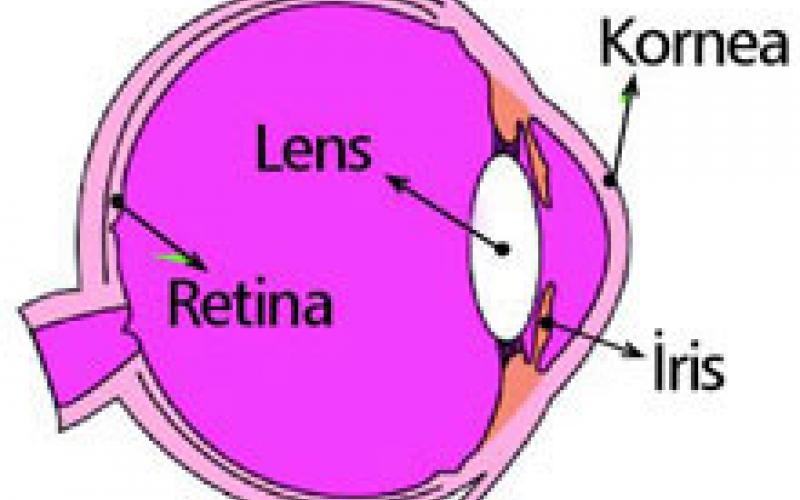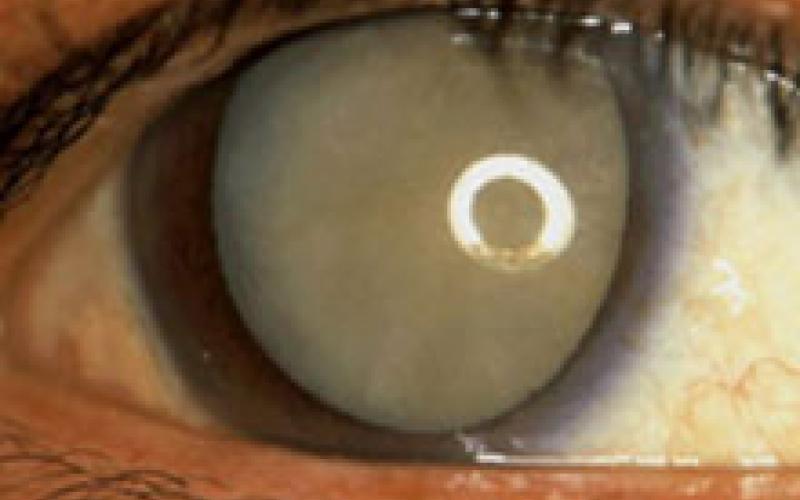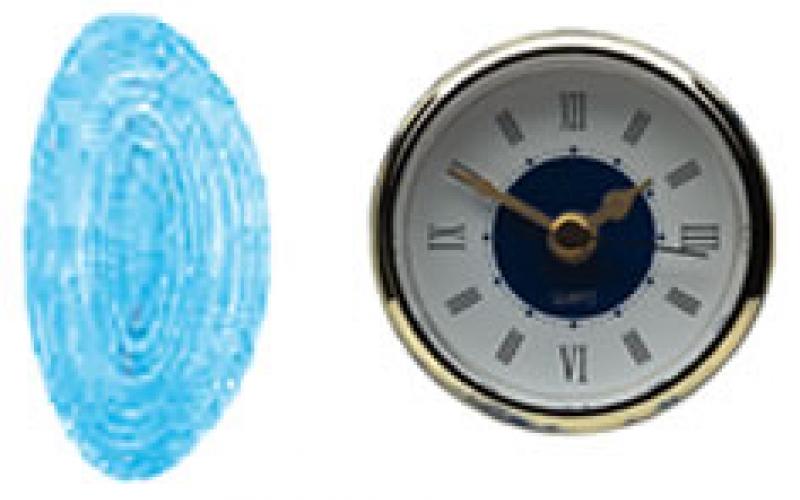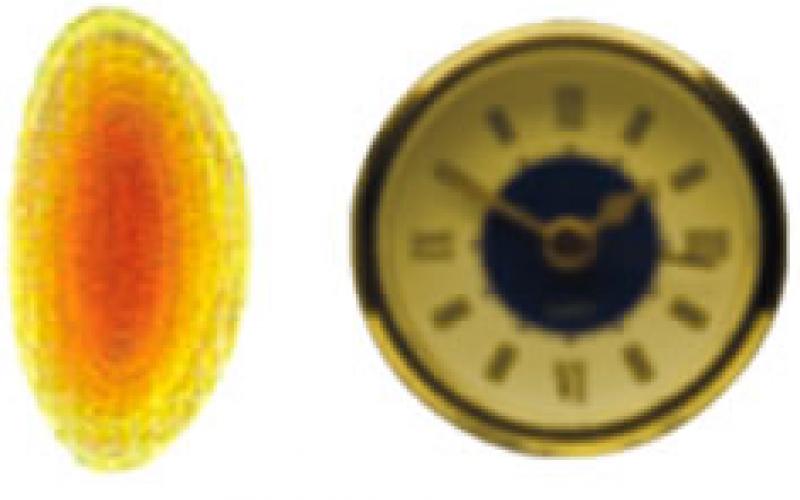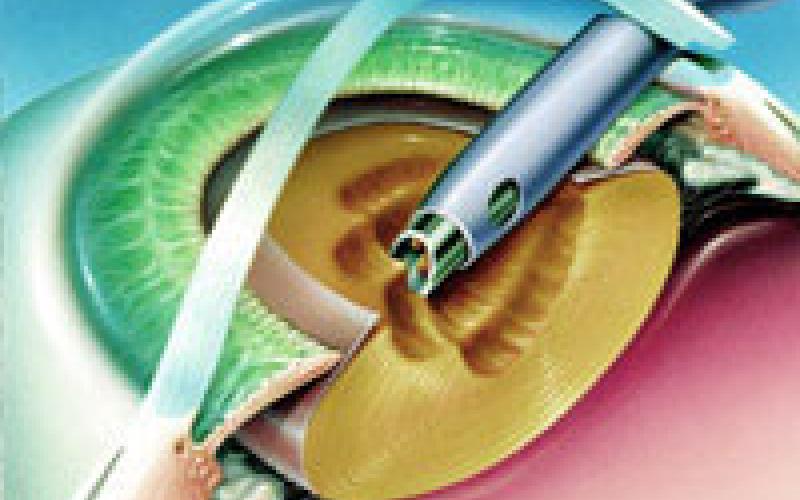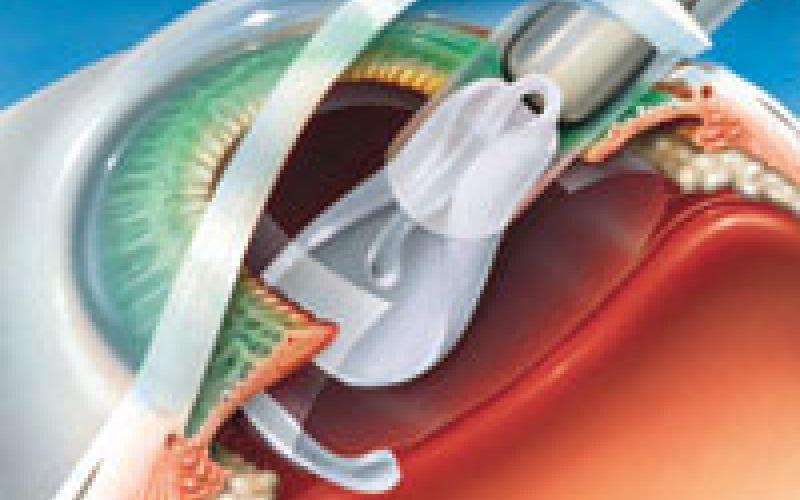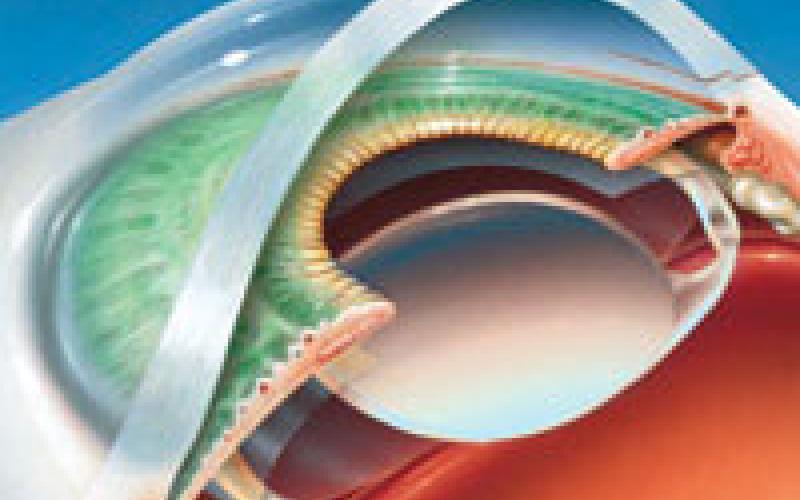Cataract
WHAT IS A CATARACT?
Cataract is the blurring of the natural lens behind the pupil, which loses its transparency to a low degree of vision.
Structure of the Eye
Eye with Cataract
WHO HAS THE CATARACT? WHAT ARE THE SYMPTOMS?
Cataract is a sign of old age and is frequently seen in people over 60 years of age, the cause of it may be either congenital or post-traumatic. When the cataract occurs, the patient's distance acuity or near acuity is impaired. Visual fogging increases in time. Light reflections become disturbing. Cataract is treated when the patient's vision is reduced to a level that prevents his daily life or job. It is a typical symptom of central cataract that elderly people wearing close glasses begin to see near distances without glasses.
Normal Lens and Vision
Lens and Vision with Cataract
WHAT ARE THE RISK FACTORS OF CATARACT?
Cataract is seen at a younger age in diabetic patients. Long-term use of cortisone medication has a higher risk of cataract formation. It can be seen after congenital conditions or eye injuries.
WHAT ARE THE DIAGNOSIS AND EXAMINATION METHODS OF CATARACT?
It can be diagnosed by routine ophthalmologic examinations.
IS EARLY DIAGNOSIS IMPORTANT IN CATARACT?
Not all patients with cataract require immediate surgery. Treatment is recommended when the cataract reaches a certain stiffness and causes visual complaints in the patient.
HOW TO TREAT CATARACT?
There is no drug treatment for cataract today. The treatment of cataract is only surgery. If a cataract occurs in the eye, surgery is the only cure. The surgical technique used is the “Phacoemulsification” method called FAKO. This surgery is performed with the help of a special device. By opening a small tunnel into the eye, the end of the device forming ultrasonic waves is entered into the eye and it is split and absorbed in the place of cataract lens The removed lens is replaced with a permanent artificial lens (intraocular lens) to provide the visual function.
1. Removal of Cataract
2. Placing the Intraocular Lens
3. The final state of the intraocular lens
IS EARLY TREATMENT IMPORTANT IN CATARACT?
Surgery should be performed when the cataract reaches a certain stage and prevents the patient from seeing disturbingly. Sometimes surgery can be decided at an early stage when there is a need for clear monitoring of the eye ground, such as diabetes, and sometimes cataract with eye pressure.
DOES CATARACT COME BACK?
The cataract does not come back; however the transparent bag (pouch) surrounding the cataract and inserted into the artificial lens can sometimes thicken. When such a condition occurs, the patient may complain of smoky, veiled vision similar to that before cataract surgery.
NEW DEVELOPMENTS ABOUT CATARACT
In cataract surgery, especially those which protect the lens placed inside the eye from harmful rays of ultraviolet are also used. The multifocal intraocular lens, which allows the patient to see clearly at any distance (near, middle, and far) can be inserted into the eye during surgery if the patient wishes.
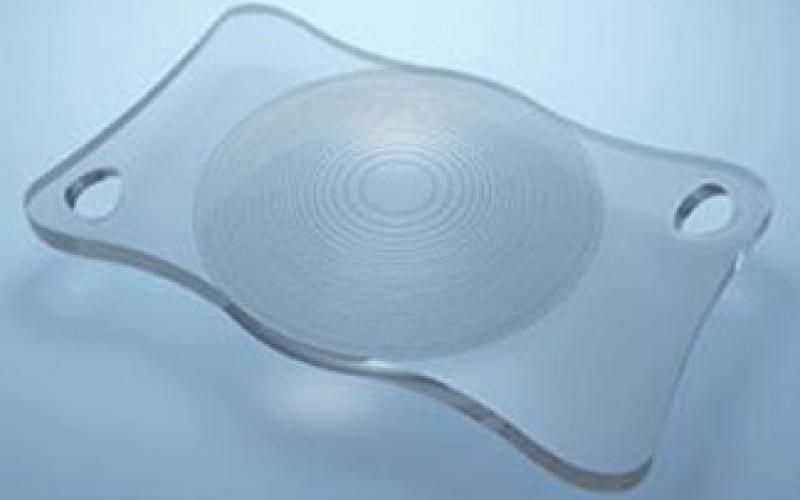
Multifocal intraocular lens
Intraocular lenses placed during cataract surgery are normally single focal. If the lens number is set to long sightedness, you need to use glasses to see the near area well. Multifocal intraocular lenses are multifocal and provide good distance acuity and near acuity if replaced by standard lenses. In patients who do not have cataract but have high refractive error, multifocal intraocular lenses can be placed after phacoemulsification to provide good distance acuity and near acuity.
Through new technologies, you can see all distances including normal, bifocal or near, medium and far without reading glasses.

With monofocal lens

With multifocal lens

How to Perform Cataract Surgery with CATALYS?
1. Step - Creating a personalized 3D eye structure image with Catalys Laser Measurement and making a safe treatment plan:
CATALYS The anatomical eye structure of the person is displayed by the high resolution 3D OCT (Optical Coherence Tomography) in the Laser Device and the treatment to be applied is safely planned, accordingly.
2. Step - Creating a personalized lens front capsule cover with CATALYS Laser System and removing the cataract with laser sensitivity:
In the conventional method, a circular incision is made using a manual knife to form the lens front capsule cover. In the CATALYS, the cover is made with a laser without a blade. In this way, full circular incisions are created. The CATALYS laser system divides the lens with cataract into small pieces. Thanks to these, both the cataract lens is easily removed and your new lens is placed exactly as intended.
3. Step - Inserting the new intraocular lens:
After the cataract lens is removed, a new lens is replaced. Our hospital offers a wide range of certified lenses to our patients. The certificate of the lens applied to your eye is given to you after the surgery.
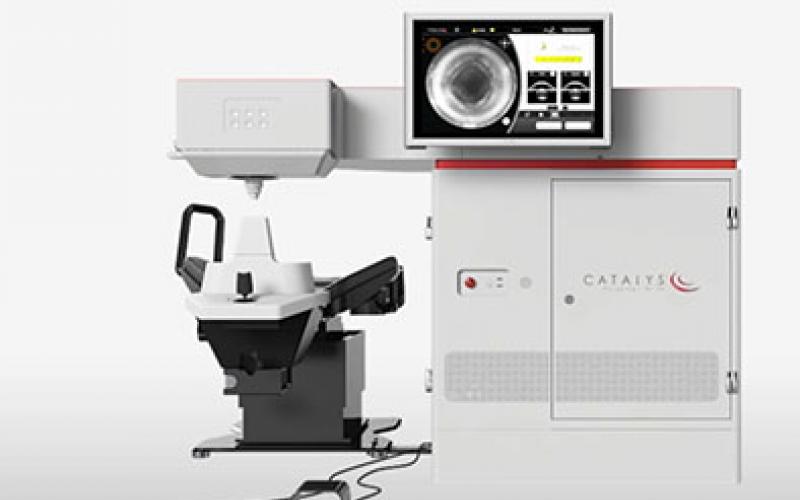
CATALYS Device
Standard (Single Focal) Intraocular Lens:
If this lens is used in your surgery, you can have clear longsightedness without glasses; however you will need reading glasses for near distance.
Near Far (Multifocal) Intraocular Lens:
If this lens is used in your surgery, you can clearly see near, middle and far distances without glasses.
Toric Intraocular Lens:
If you have astigmatism, a toric lens is used in your cataract surgery and in addition to the treatment of cataract, astigmatism defect is reduced.


